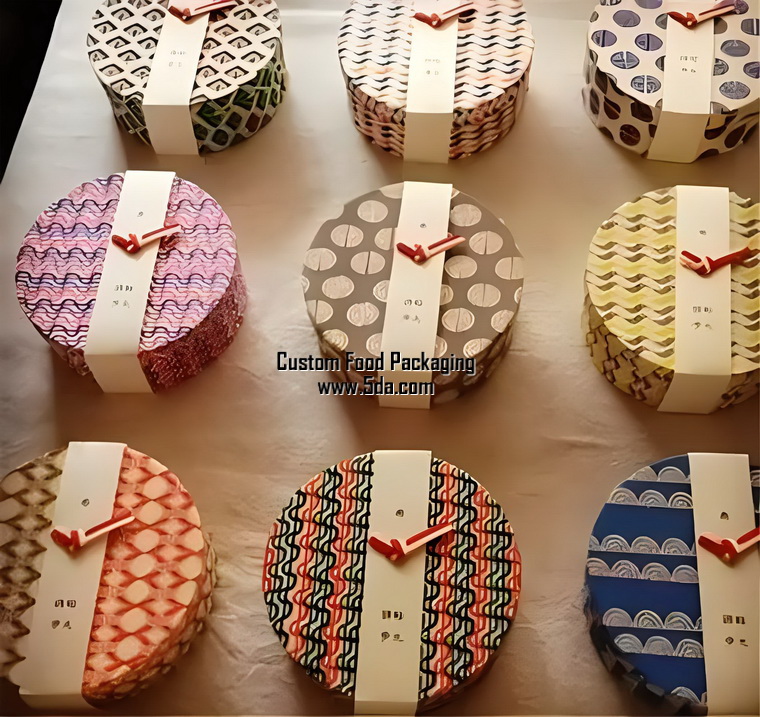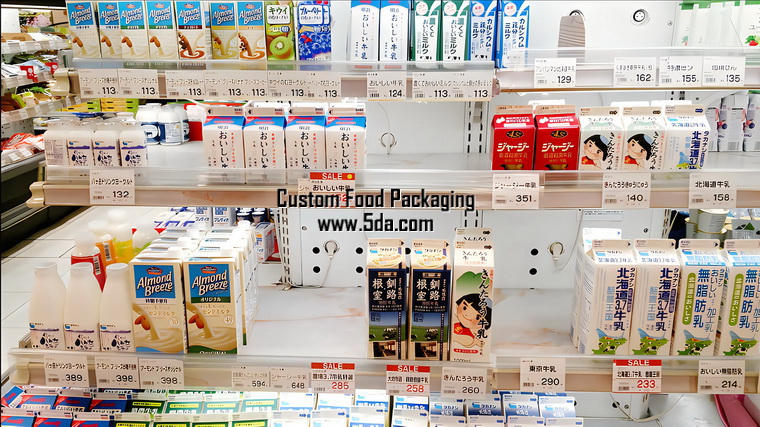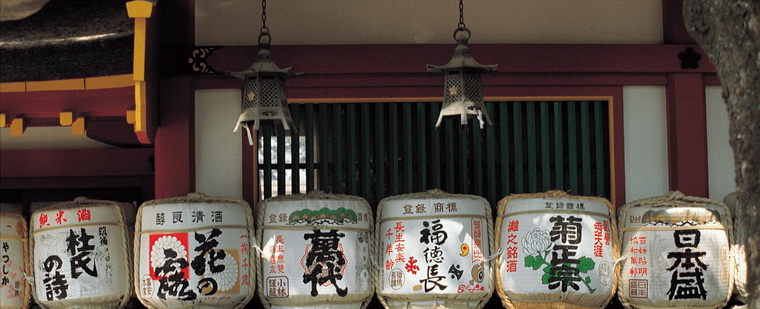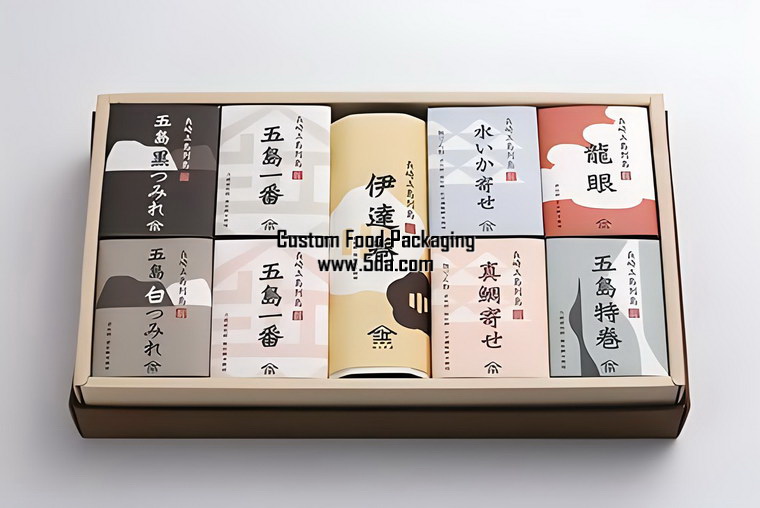Details in Japanese packaging

The art of packaging in Japan is renowned for its meticulous attention to detail, reflecting a deep cultural respect for aesthetics and precision. This intricate craftsmanship is not just about the overall design or visual appeal, but also encompasses the smallest of elements that often go unnoticed. Let's delve into some of these little details that make Japanese packaging truly unique.
Firstly, the use of color is pivotal in Japanese packaging. Colors are carefully chosen to evoke specific emotions and to align with the product's brand identity. Whether it's the subtlety of whites and greys for a minimalist look or the vibrancy of reds and oranges for a more festive feel, colors are used with intention to create a lasting impression.
The choice of materials is another crucial aspect. Japanese packaging often employs traditional materials like washi paper, bamboo, and rice paper, which not only add a touch of authenticity but also contribute to the overall sustainability of the product. These materials are often combined with modern techniques, resulting in a harmonious blend of old and new.
The layout and typography of the packaging are also carefully considered. Fonts are chosen to complement the overall design and to ensure legibility. The placement of text, logos, and images is meticulously planned to create a visually appealing and cohesive package.
Furthermore, the use of small decorative elements like washi tape, origami, and gold foil adds a touch of elegance and uniqueness to the packaging. These elements are often handcrafted, reflecting the Japanese culture's emphasis on craftsmanship and skill.
Another noteworthy detail is the packaging's functionality. Japanese packaging often doubles as a storage container or a display piece, ensuring that the product remains protected and presented in the best possible way. This multi-functionality not only adds value to the product but also enhances the customer's experience.
Moreover, the packaging often incorporates traditional Japanese motifs and symbols, such as cherry blossoms, fans, and kimonos. These elements not only add a cultural touch to the packaging but also help to connect the product with its Japanese origins.
Finally, the attention to detail extends to the packaging's structural design. The way the package opens, closes, and folds is often carefully designed to ensure ease of use and a seamless unboxing experience. This attention to the packaging's usability enhances the overall customer satisfaction.
In conclusion, the art of Japanese packaging lies in the meticulous attention to detail that is evident in every aspect of the design. From the choice of colors and materials to the layout and typography, every detail is carefully considered and executed with precision. It is this dedication to detail that makes Japanese packaging stand out and captivate the hearts of consumers worldwide.



 Japanese Food Packaging
Japanese Food Packaging 

